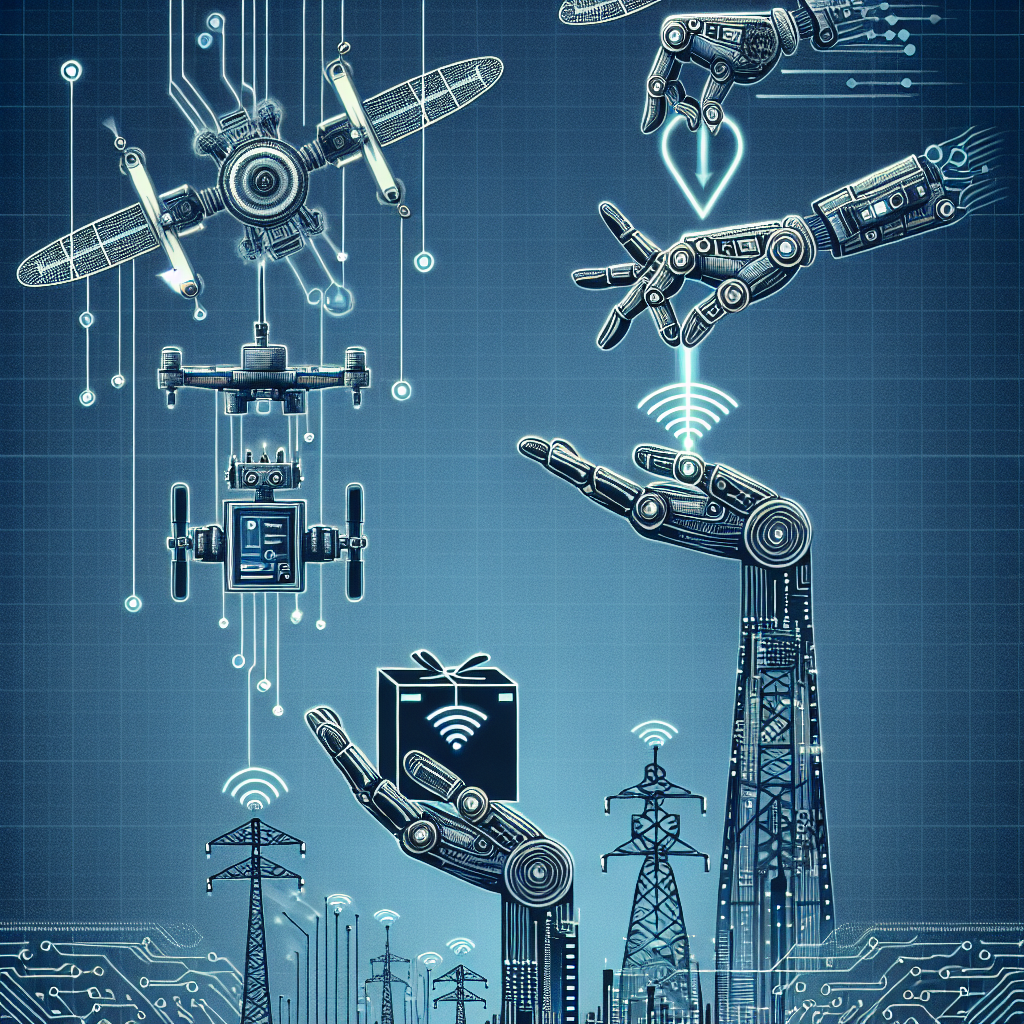The telecommunications industry has been rapidly evolving over the past few decades, with advancements in technology playing a significant role in shaping the way services are delivered to consumers. One of the most promising developments in recent years has been the rise of AI-driven automation, which has the potential to revolutionize the way telecommunications services are delivered.
AI-driven automation refers to the use of artificial intelligence and machine learning algorithms to automate tasks and processes that were previously performed manually. This technology has the potential to streamline operations, improve efficiency, and enhance the overall customer experience in the telecommunications industry.
The Future of AI-driven Automation in Telecommunications Service Delivery
AI-driven automation is already making a significant impact on the telecommunications industry, and its potential for future growth is immense. Here are some key ways in which AI-driven automation is expected to transform telecommunications service delivery in the coming years:
1. Enhanced Customer Service: One of the most significant benefits of AI-driven automation in the telecommunications industry is the ability to provide more personalized and efficient customer service. AI-powered chatbots can handle customer inquiries and provide instant responses, improving the overall customer experience and reducing the need for human intervention.
2. Network Optimization: AI-driven automation can also help telecommunications companies optimize their network performance and reduce downtime. By analyzing network data in real-time, AI algorithms can identify potential issues and proactively address them before they impact service quality.
3. Predictive Maintenance: AI-driven automation can also be used to predict and prevent equipment failures before they occur. By analyzing historical data and patterns, AI algorithms can identify potential issues with network equipment and schedule maintenance before a failure occurs.
4. Service Provisioning: AI-driven automation can streamline the process of provisioning new services for customers. By automating tasks such as service activation, billing, and account setup, telecommunications companies can reduce the time and resources required to onboard new customers.
5. Fraud Detection: AI-driven automation can help telecommunications companies detect and prevent fraudulent activities, such as unauthorized access to accounts or unauthorized use of services. By analyzing patterns and anomalies in customer behavior, AI algorithms can flag suspicious activities and alert security teams.
6. Personalized Marketing: AI-driven automation can also help telecommunications companies deliver more targeted and personalized marketing campaigns to customers. By analyzing customer data and preferences, AI algorithms can identify relevant offers and promotions that are most likely to resonate with individual customers.
7. Resource Allocation: AI-driven automation can optimize resource allocation within telecommunications companies, ensuring that resources are allocated efficiently and effectively. By analyzing data on network usage, customer demand, and service performance, AI algorithms can help companies allocate resources where they are needed most.
FAQs
Q: How will AI-driven automation impact the job market in the telecommunications industry?
A: While AI-driven automation has the potential to streamline operations and improve efficiency, it may also lead to job displacement in some areas. However, new roles and opportunities are likely to emerge as companies adapt to the changing landscape.
Q: Will AI-driven automation replace human workers in the telecommunications industry?
A: AI-driven automation is designed to complement human workers, not replace them. While some tasks may be automated, human workers will still be needed to oversee operations, analyze data, and make critical decisions.
Q: How can telecommunications companies ensure the security and privacy of customer data when using AI-driven automation?
A: Telecommunications companies must implement robust security measures to protect customer data when using AI-driven automation. This includes encryption, access controls, and regular security audits to ensure that data is secure and protected from unauthorized access.
Q: What are some potential challenges and barriers to implementing AI-driven automation in the telecommunications industry?
A: Some potential challenges to implementing AI-driven automation in the telecommunications industry include data privacy concerns, regulatory compliance requirements, and the need for skilled AI talent. Companies must address these challenges to realize the full potential of AI-driven automation.
In conclusion, AI-driven automation has the potential to revolutionize the way telecommunications services are delivered, offering a range of benefits including enhanced customer service, network optimization, predictive maintenance, and personalized marketing. While there are challenges and barriers to overcome, the future of AI-driven automation in the telecommunications industry looks promising, with opportunities for growth and innovation on the horizon.

